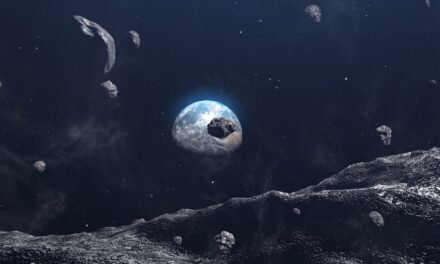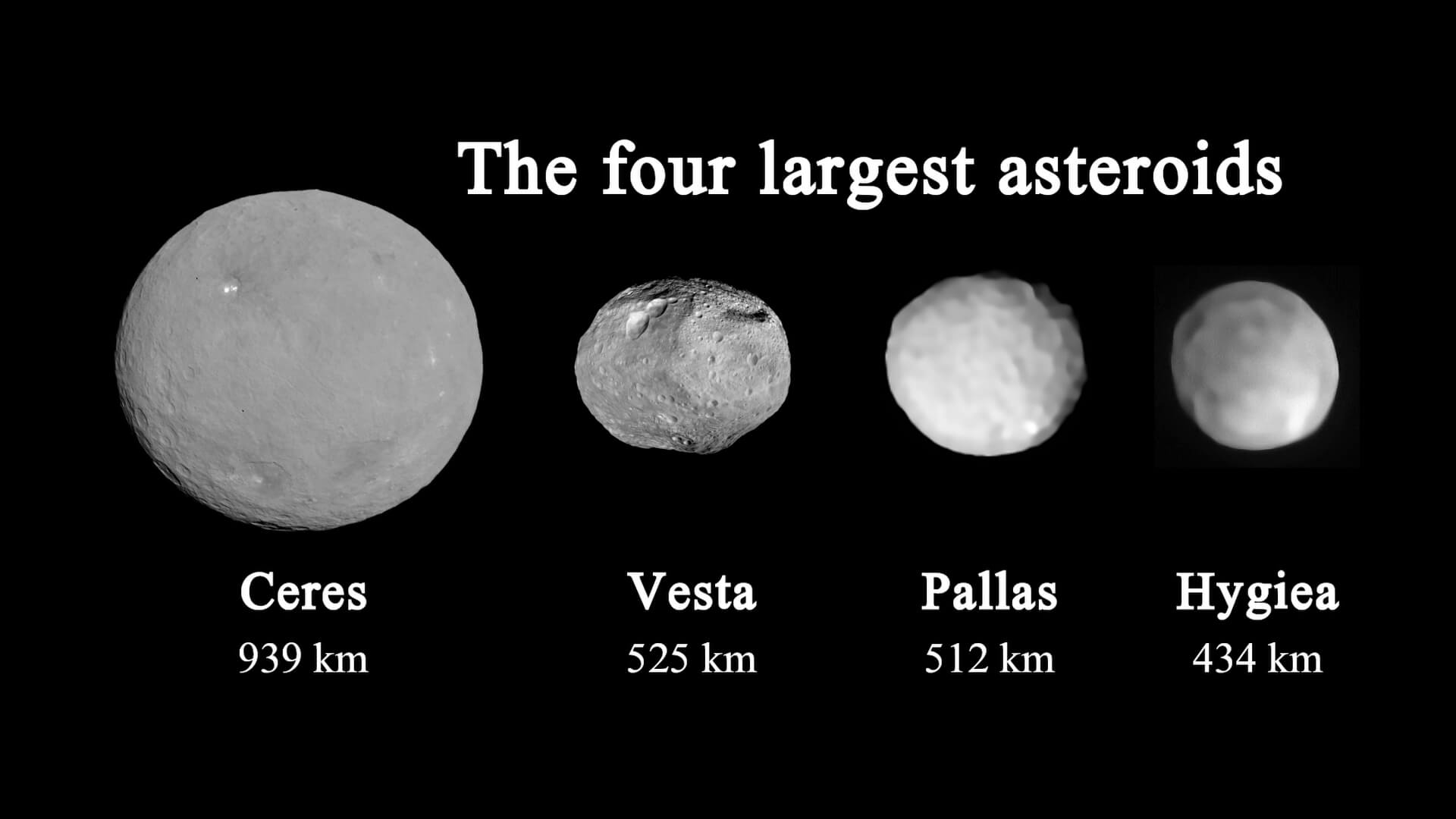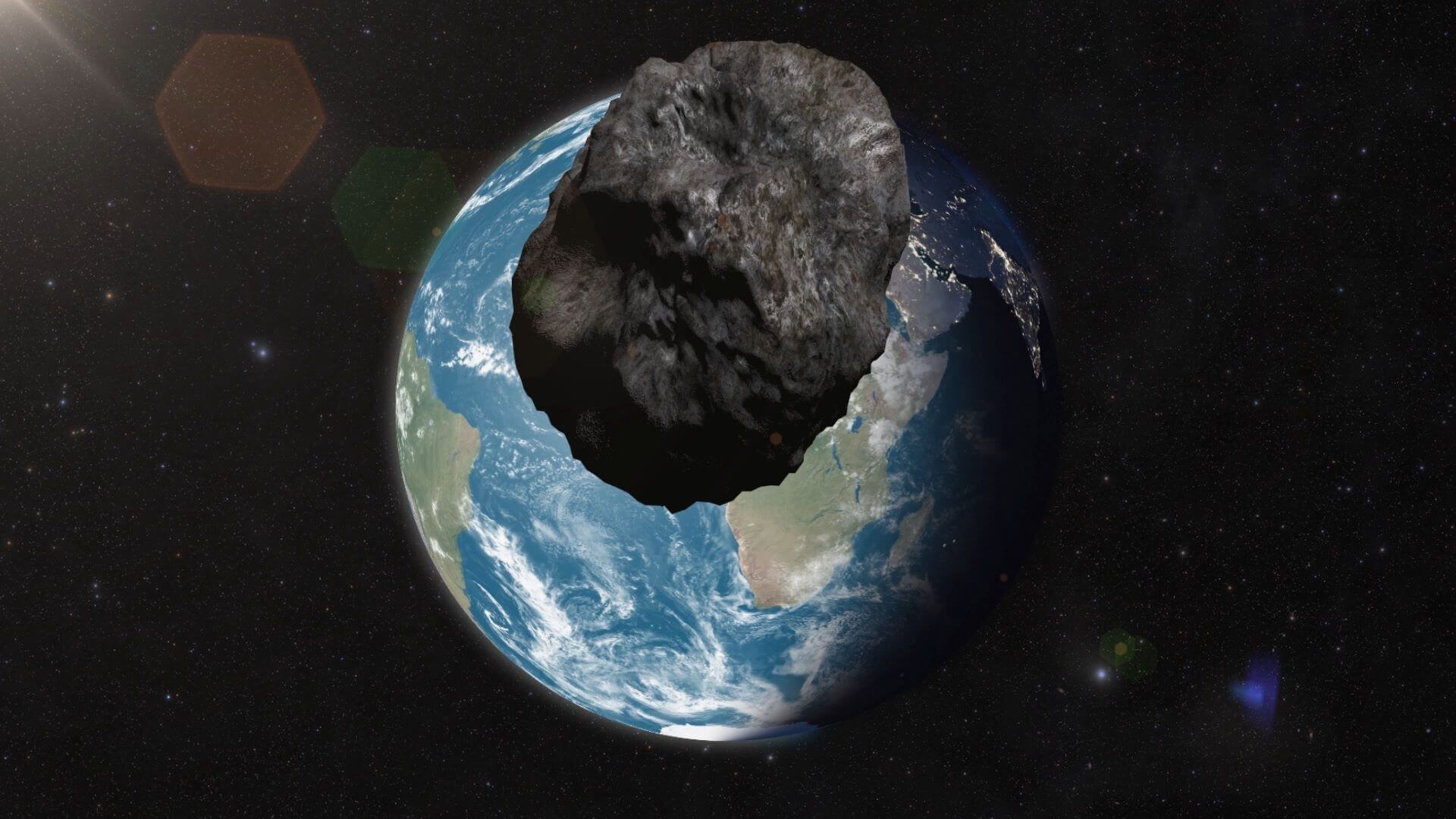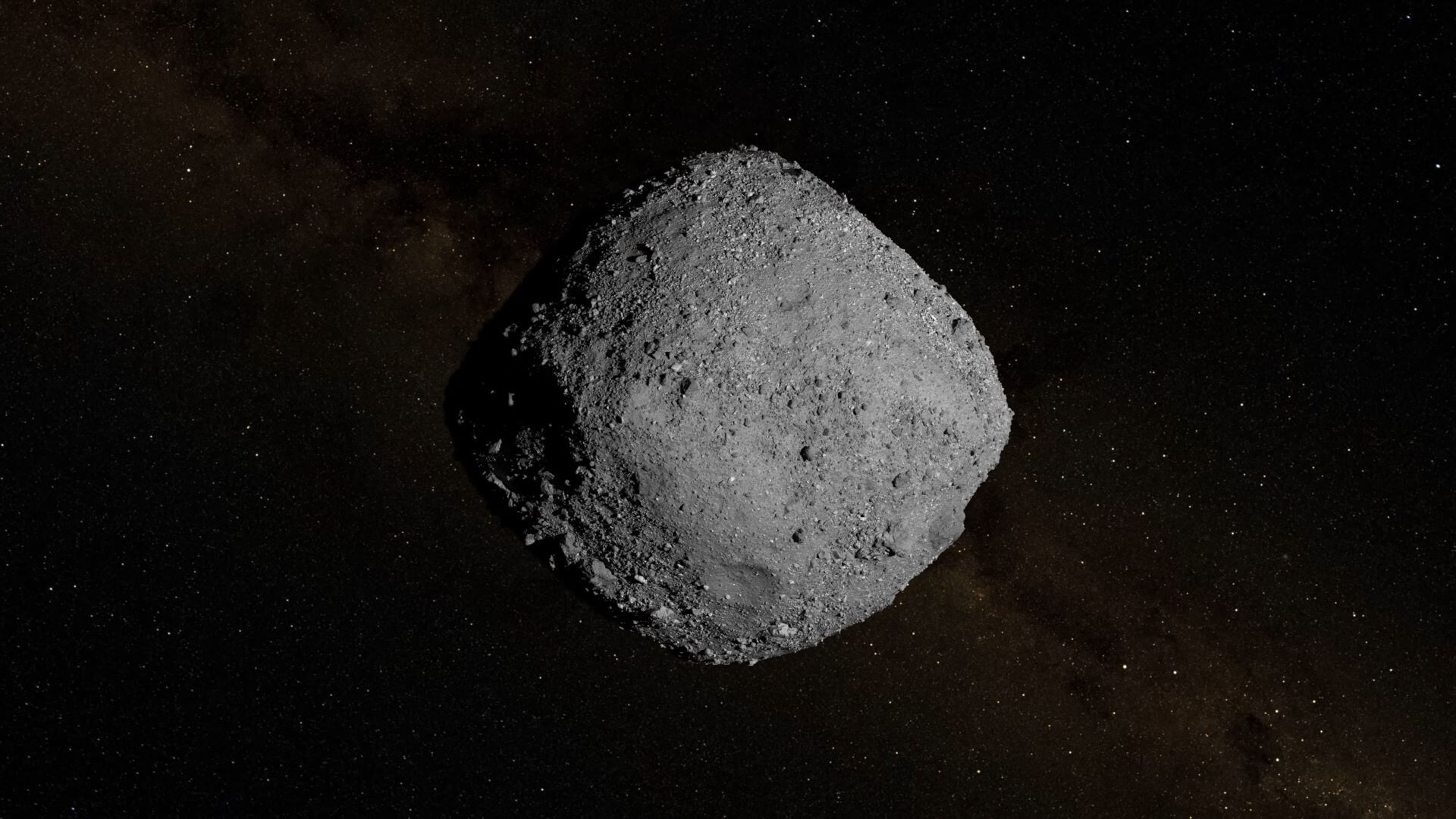It went undetected, despite our advanced orbiting and ground based telescopes. It’s the size of your typical Walmart store, and it is heading straight for a collision with the earth. It’s too big to burn up in the atmosphere, yet too small to cause a global catastrophe. Nevertheless, if it hit a heavily populated area, the destruction will be total.
What are the chances of this actually happening?
It seems that more and more we are hearing of objects in space coming dangerously near the earth. And even more frightening is that they are often quite large and would cause significant damage if they were to strike our planet. The good news is that for as long as we have been monitoring them, nothing of great size has hit us. But how long will our luck hold out? Are we really in danger of being struck by an asteroid that could destroy a city, country, or even end life as we know it on the Earth?
The fact is, the Earth has experienced impacts from just about all sizes of objects in the past, from pebbles to continent sized asteroids and comets. And it will almost certainly happen again, the only question is “when”. Space is vast, but it is hardly empty.
The creation of our solar system was a messy event, and there is still lots of remaining debris. Much of it lies between the orbits of Mars and Jupiter, in the asteroid belt. It is estimated that there is about 3 percent the mass of our moon located there, which is only enough material to make a planet about two thousand times smaller than the earth.
But there are some big rocks hiding out here.
Ceres is the biggest, at 939 kilometers in diameter. It has actually been reclassified as a dwarf planet. The top 4 are rounded out by Vesta, Pallas, and Hygiea. Altogether, these asteroids account for about 60 percent of the asteroid belt in total.
But, there are many more that could spell doom to the earth. There are around 1.1 and 1.9 million asteroids larger than 1 kilometer, and millions more smaller ones. Most of the time these objects behave themselves and stay safely millions of miles away from us. But sometimes, collisions and gravitational effects can nudge them in our general direction.
And then there are comets: giant balls of dirty ice and rock that grow a tail as their material evaporates at closer distances to the sun. Although not as common as asteroids, they still can and do pose a threat to the inner planets. We were reminded of this by the comet Shoemaker-Levy 9, which collided with Jupiter in 1994. Our most recent event happened over Siberia in 1909 when a suspected comet caused an estimated 10 to 20 megaton air blast, devastating more than 2000 sq km of forests near Tunguska.
This has happened ever since the beginning of the earth, albeit the frequency of such diminishing as the solar system ages. However, we are in a unique point in history that we can, hopefully, see them coming. Whether or not we could do anything about it is another matter entirely.
Each and every day, the Earth is struck by small meteorites and dust. How much? Nearly 50 tons daily. Most of these invaders burn up in our atmosphere without ever reaching the ground. But more often than you think, things can be much bigger.
Here is the Hazard by the Numbers.
About once a year, an object roughly 4 meters in diameter strikes the earth. Very little usually reaches the ground, but there is often left over debris that can be examined. These events can produce a brilliant flash of light…quite the spectacle, but mostly harmless. It is estimated that there are about 500 million objects this size in our neck of the woods, with less than one tenth of one percent having been discovered so far.
Once every 100 years or so, we get a visit from an asteroid that is around 25 meters in diameter. An Object this size can create a damaging airburst explosion, and can cause localized damage and injuries if encountered over a densely populated area. It is thought that there are about 5 million of these threats near our earth’s orbit, although only about four tenths of one percent have yet to be catalogued.
As we go up the scale, we find truly dangerous rocks around 140 meters in diameter hitting our planet once in about 20000 years. These large meteorites do reach the ground, creating craters that are from 1 to 2 kilometers wide. These can be city killers, and can cause regional devastation with millions of casualties. We think that there are about 25000 near earth objects in this size range, and we have been able to account for about 39% of them.
When objects reach 1000 meters in diameter, things get really, really bad. This is expected to occur about once every 500,000 years. An object this size will carve out a 10-kilometer crater, sending so much debris into the atmosphere that it can cause a possible collapse of civilization. This is a truly global event, with mass extinctions possible. Only about 900 of these monsters exist, and we have found over 95% of them.
If you think that’s bad, you won’t like this last one. 10000 meter wide rocks are truly messengers of doom. There is no where to run or hide. This can happen about once every 100 to 200 million years. These objects hit with enough force to create a crater 100 kilometers wide and cause complete global devastation. Ash and dust would blanket the sun for a millennia, and much of the life on the planet would be wiped out. Fortunately, we have discovered all 4 of these planet killing beasts and have good predictions about their orbit.
It seems that just about every week we hear about a close encounter with an asteroid. What astronomers call “close” might be different than you think. Generally speaking, a close encounter with an object means that it passes within about three hundred thousand kilometers of earth, or roughly the same distance as the moon.
Usually, these asteroids are the sizes of cars, buses and houses. In 2022, we had 126 such close approaches, being a rather typical year. Asteroids that reach 1 to 2 kilometers in diameter are thought to be the threshold for threatening civilization, and these encounters are more rare. An asteroid named 153814 (2001 WN5) which is about 1km in diameter will pass between the earth and the moon on June 6, 2028. Although close, by astronomical standards, it has no chance of hitting the earth.
In order to help categorize the level of threat that near earth objects represent, and also to predict the level of destruction, the Torino Impact Hazard Scale was introduced.
The Torino scale goes from 0 to 10, with probability of impact and object size increasing as the number increases.
At level 0, there is essentially no danger, as either the size of the asteroid is of no concern, or the distance too great, effectively putting the chances of impact at 0.
The Green zone at level 1 might represent new discoveries that are of low interest, likely dropping to level 0 after future calculations and observations.
Then comes the Yellow zones, which are objects that are deemed worthy of attention by astronomers. These increasing levels indicate interest in objects that stand a 1 percent or greater chance of impact, with local or regional destruction, but with such uncertainty as to make them either not unusual or requiring further study to accurately understand.
A threat that falls into the orange zone will get everyone’s attention. Although the chance of collision is still uncertain, the probability is much more elevated. The expected destruction is also greater, ranging from regional to global in scale. It is in this area that strategic planning for such events is warranted.
And finally, the red zone. This zone indicates that a collision is certain. Levels 8 and 9 indicate an imminent impact causing regional destruction if on land or devastating tsunamis if it is an ocean impact. A level 10 event is a global catastrophe no matter if it is a land or ocean impact. Level 10 events can be planet killers, capable of ending civilization and bringing extinction on a massive scale.
Fortunately, all known objects today have a Torino rating of zero. In fact, no object has ever had a Torino rating above 4. Any asteroid with the mass to cause global destruction has likely already been identified. None has any greater than a few in a million chances of actually hitting the earth.
With the exception of one.

For a while, astronomers were keeping a close eye on an asteroid named Apophis. It’s about the size of the Empire State Building, but far more massive. There were serious concerns that it would come dangerously close to the earth in the year 2029. However, further studies have conclusively ruled out an impact, and moving Apophis to level zero on the Torino hazard scale.
Even so, on April 13, 2029 it will pass just 19794 miles from our planet’s surface.
This, however, is the Asteroid named Bennu.
This asteroid is about half a kilometer wide, and has NASA so curious that it sent a spacecraft to collect samples in order to better understand its composition. Bennu is currently the most threatening object known to our planet.
Although not large enough to destroy civilization, an impact would create a crater the size of a small city and release energy 23 times greater than the largest nuclear weapon ever detonated by mankind. Wherever it hit, it would cause destruction hundreds of miles away.
When it comes to Bennu, there is good news and bad news.
The good news is that it isn’t coming near the Earth until the year 2135, and there is no chance of an impact at that time. However, this is where things get dicey.
If you enjoyed this content, please share! Leave a comment, we would love to hear what you have to say!

















